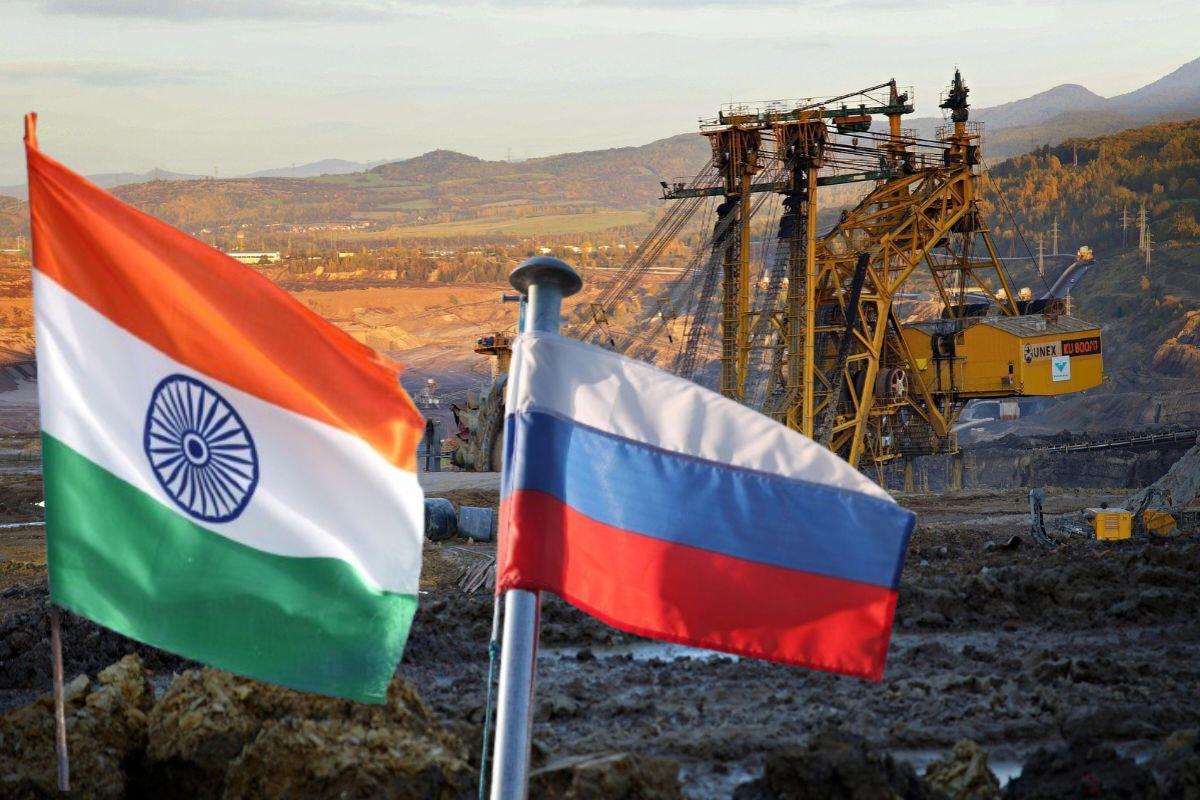In a bold and strategic energy move that has stunned Washington, Brussels, and Beijing, India has ramped up its thermal coal imports from Russia to a two-year high. In May 2025 alone, India imported 1.3 million tonnes of Russian thermal coal—an impressive figure that marks not just a statistical milestone, but the beginning of a larger energy and geopolitical shift.
Why India is Shifting from Indonesia to Russia
Traditionally, India has relied heavily on Indonesia for its thermal coal requirements. However, a notable transition is underway. In May 2025, India imported 9.8 million tonnes of coal from Indonesia but also imported a record-breaking 1.3 million tonnes from Russia. While Indonesia still leads in volume, Russia is fast catching up. But this shift isn’t merely about volume—it’s about value.
Russian coal is proving to be more cost-effective and of higher calorific value, offering more energy per tonne. Moreover, Moscow is offering flexible pricing models through long-term deals. This aligns perfectly with India’s energy strategy, which seeks not just affordability but reliability and long-term security. In essence, Russia is supplying India with cheaper, better-quality coal under stable pricing agreements—exactly what the Indian energy sector needs.
Why Russia is Selling Cheap
Post the Ukraine conflict, Western sanctions have effectively pushed Russia out of key energy markets in Europe and North America. To maintain its economic stability, Russia now needs alternative, stable buyers—and India fits the bill. India, with its massive energy needs and policy of strategic autonomy, is an ideal partner. As a result, Russia is offering coal at competitive prices, accepting local currency deals, and committing to consistent long-term supply.
This is not just a commercial arrangement—it’s a strategic alliance. Russia understands India’s long-term potential and views it as a reliable and growing strategic partner.
The Bigger Picture: India’s Energy Security Policy
Around 70% of India’s electricity is generated from coal. In March 2025, India hit a record domestic coal production of 1.04 billion tonnes, marking a nearly 10% increase over 2024. But the Indian government knows that domestic production alone won’t suffice in the coming years. The target is to produce 1.53 billion tonnes by 2030, but imports will still play a crucial role—especially when quality and price become key differentiators.
This is where Russian coal becomes a game-changer. It provides higher energy yield, better long-term pricing stability, and more strategic leverage compared to Indonesian coal. India is now crafting a globally integrated strategy to achieve energy self-reliance by balancing domestic production with quality imports.
Playing the Climate and Monsoon Card
Adding another layer of intelligence to this strategy is the role of weather. According to Russian experts, India has witnessed an early monsoon this year, which has boosted hydro power generation. This temporarily reduces the demand for thermal power, giving India a smart window of opportunity to build up coal reserves.
India is using this period to stockpile high-quality, low-cost Russian coal. The logic is simple: buy more when demand (and prices) are low, and use it when demand peaks. This is India’s version of a Chanakya-style energy playbook—strategic stockpiling to outmaneuver future price volatility and supply shocks.
A Signal to the West and a Challenge to China
This coal trade is far more than just a commercial transaction. It sends a strong geopolitical signal to the world. The West expected that sanctions would economically isolate and weaken Russia. But with India stepping in as a major buyer, that narrative is breaking down. In fact, India’s growing energy ties with Russia are reshaping the global power balance.
Meanwhile, China, previously the largest buyer of Russian coal, now finds India entering the scene with greater influence. As India strengthens its economic and strategic footprint in Russia, Beijing's diplomatic leverage is weakening.
What Lies Ahead?
This is not just about coal—it’s about control. Control over energy security. Control over geopolitical alliances. Control over long-term national interests.
If current trends continue, Russia could become India’s second-largest coal supplier in the next two years. But more importantly, India won’t just be a buyer—it will be a game changer in the evolving global energy order. While the West recalibrates its approach and China watches closely, India is quietly and smartly securing its energy future and asserting its strategic independence.
So the next time headlines talk about India-Russia trade, remember—it’s not just coal. It’s a new chapter in the game of global power politics. The coal deal is just one move in a much larger geopolitical chessboard. The game is very much on.
This article is for informational purposes only and reflects publicly available data and insights as of June 2025. It does not promote or criticize any country or policy. Readers are advised to form their own opinions based on a variety of sources. The views expressed here do not represent any official stance.





